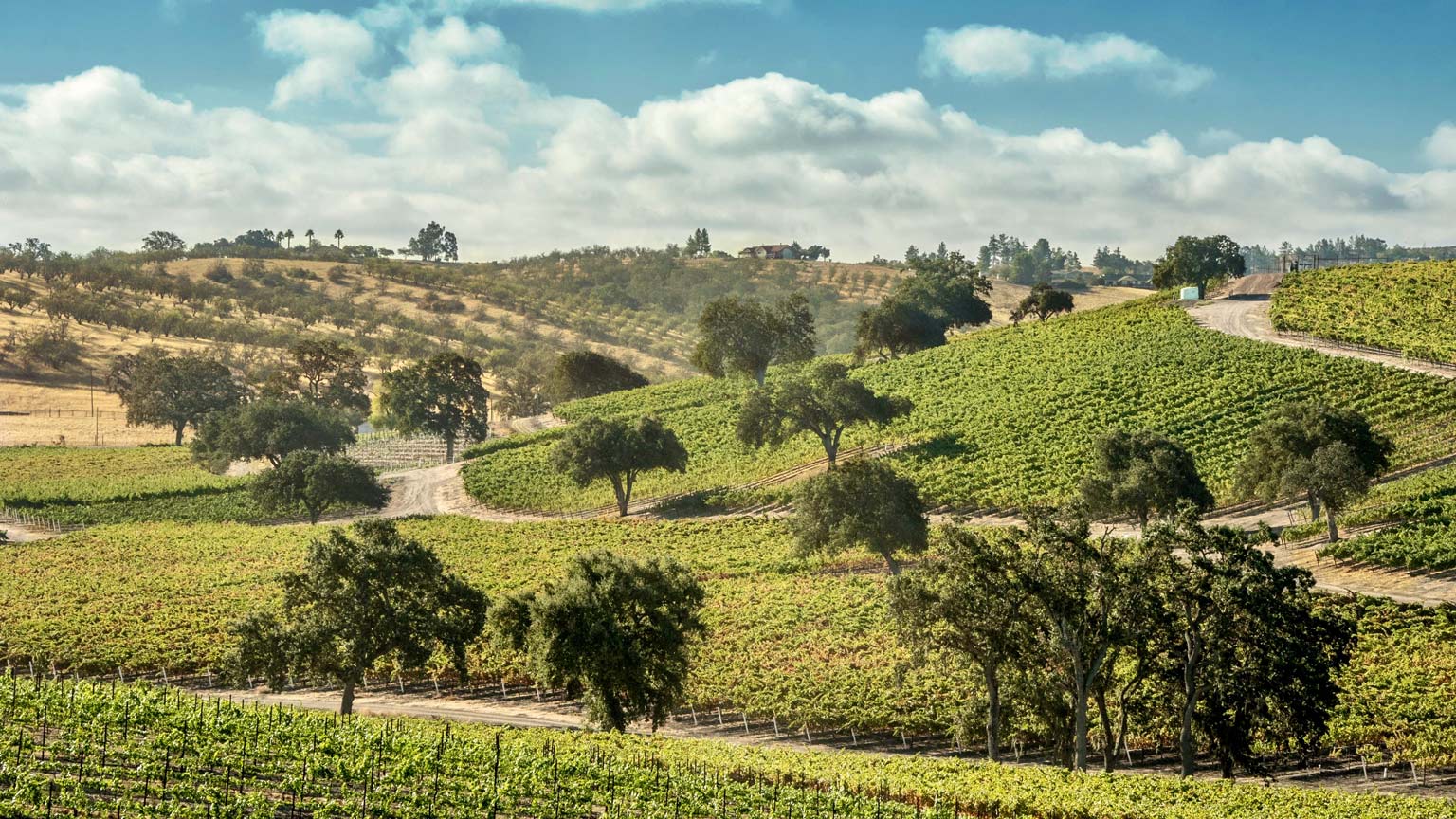Atlas Peak
Atlas Peak Wines to Know
Atlas Peak is one of Napa Valley's mountain appellations that sit above the morning fog layer. The small difference in elevation makes it a prime spot for bold red wine varieties, including Cabernet Sauvignon, Zinfandel, and even Sangiovese.
What's unique about the wines from Atlas Peak is the delivery of ripe dark fruit flavors that are contrasted by bold tannins and subtle umami notes. The savory quality you taste in Atlas Peak is especially prominent in the vineyards with reddish soils.
Notable Vineyards in Atlas Peak
Atlas Peak has been a place for wine grapes since 1870 and has a long standing history in the region. The area is quite rugged and unpopulated, so it's not a common spot for tourism. In fact, several growers in the region supply grapes for many of the wineries throughout Napa.
Stagecoach Vineyard
Stagecoach Vineyard is Napa Valley's largest continuous vineyard, first established in 1995. You might see this vineyard name on bottles from wineries all over Napa Valley! The vineyard itself straddles Atlas Peak AVA and an unofficial region called Pritchard Hill. It has very varied, rocky soils and grows a great number of wine varieties from Malbec to Sauvignon Blanc.
By the way, the Krupp Brothers collaborate with Jay Buoncristiani to make their own wine (and it's a doozy!) from Stagecoach and it's called M5 Cabernet Sauvignon.
Acumen Wines
Another fascinating vineyard story is the 116 vineyard acres farmed by renowned growers, Steve Matthiasson and Garrett Buckland at Acumen. This estate is farmed entirely sustainably and organically. Attelas vineyard was first planted in 1992.
Sill Family Vineyard
Finally, it's worth mentioning Sill Family Vineyard. This passionate land stewardship / vineyard project is both sustainable and organically farmed on basalt-based volcanic soils. The winery burned down in 2017 and hasn't been able to reopen since due to a bizarre winery definition ordinance. Fortunately, they're still making wine.
Atlas Peak Terroir
There are a few key features to Atlas Peak worth noting:
Elevation brings color and texture
UV exposure increases by nearly 5% at around 1600 feet. Exposure is also increased for every vineyard sitting above the fog layer (at 1500 feet). These features increase polyphenol development which increases color and texture (tannin) in the wines.
Rocky soils bring aromatics
Rocky, well-drained soils are known to produce wines with increased aromatics, including floral aromas in red wines.
Volcanic soils bring minerality
There is a range of volcanic features on Atlas Peak which include white volcanic ash soils, rusty red soils, and black gravelly basalt. Each of these soil types brings about a unique taste of minerality in the wines from savory umami notes to saltiness.
Atlas Peak AVA Facts
- Atlas Peak has been producing renowned wine since 1870.
- Atlas Peak is the most prominent peak in the area at 2,663 feet (812 m).
- In 1992, Atlas Peak was approved as an AVA.
- There are approximately 1,500 acres of vineyards.
























